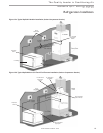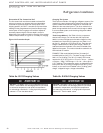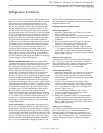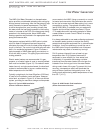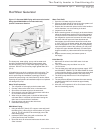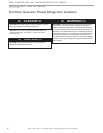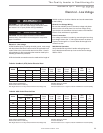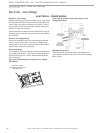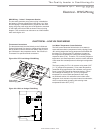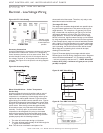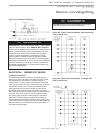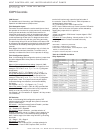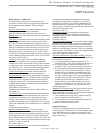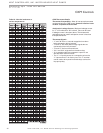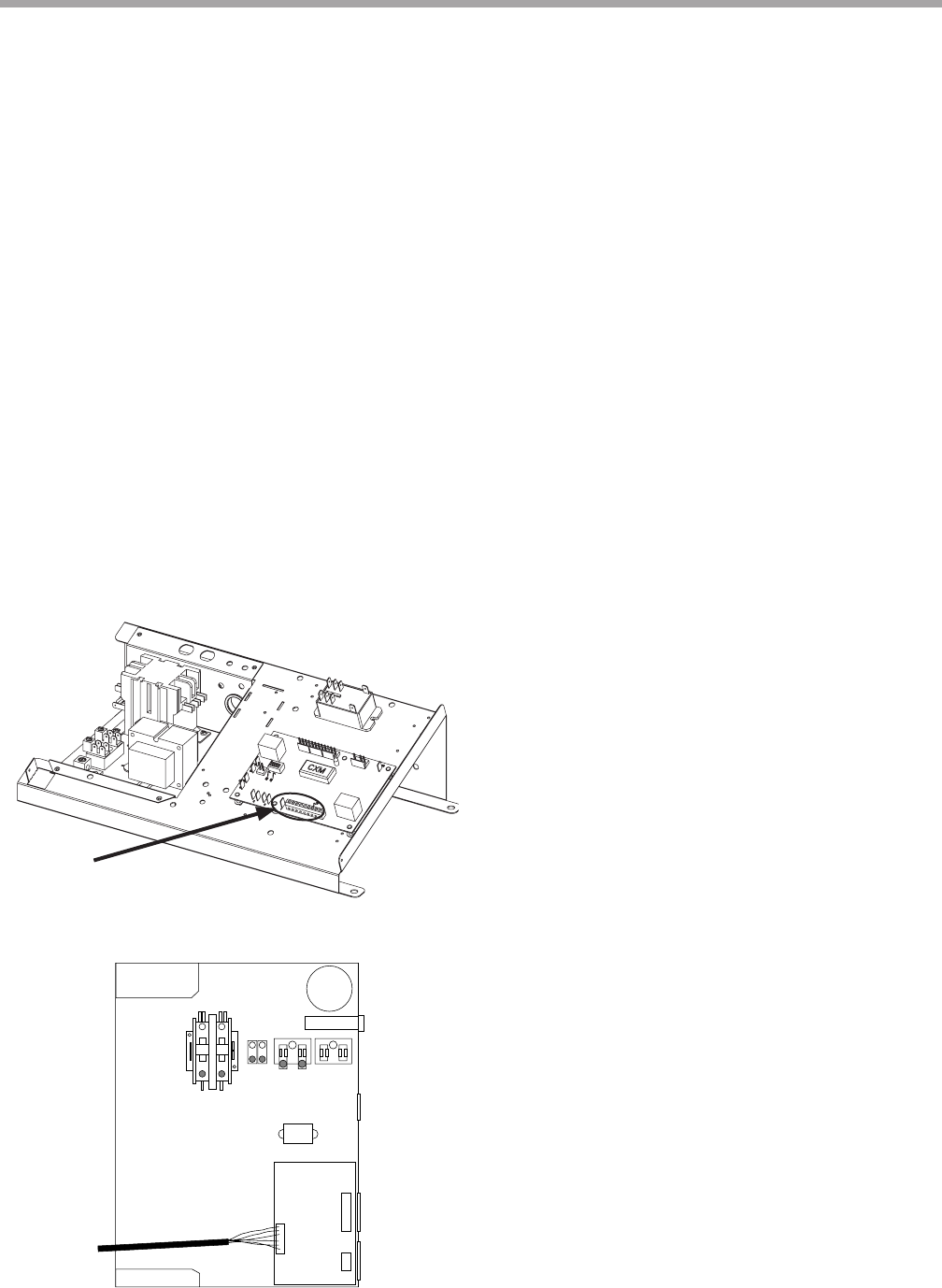
27
The Quality Leader in Conditioning Air
Residential Split - 60Hz R22 &R410A
Rev.: 5 June, 2008
www.heatcontoller.com
HWG Wiring - “Indoor” Compressor Section
The hot water generator pump power wiring is disabled at
the factory to prevent operating the HWG pump “dry.” After
all HWG piping is completed and air purged from the water
piping, the pump power wires should be applied to terminals
on the HWG power block PB2 as shown in the unit wiring
diagram. This connection can also serve as a HWG disable
when servicing the unit.
Electrical - HWG Wiring
ELECTRICAL - LOW VOLTAGE WIRING
Thermostat Connections
The thermostat should be wired directly to the CXM board.
Figures 22a through 22c show low voltage wiring. Note that
the air handler or furnace transformer will be used to power
the CXM board in the compressor section. See “Electrical –
Thermostat” for specic terminal connections.
Figure 22a: HTS Low Voltage Field Wiring
Figure 22b: HSS Low Voltage Field Wiring
Capacitor
CXM Contro l
Cir c Brkr
Contactor -CC
BR
Low Voltage
Connector
HWG PB2
Loop PB1
L2
L1
Grnd
Low Water Temperature Cutout Selection
The CXM control allows the eld selection of low water (or
water-antifreeze solution) temperature limit by clipping jumper
JW3, which changes the sensing temperature associated with
thermistor FP1. Note that the FP1 thermistor is located on
the refrigerant line between the coaxial heat exchanger and
expansion device (TXV). Therefore, FP1 is sensing refrigerant
temperature, not water temperature, which is a better indication
of how water ow rate/temperature is affecting the refrigeration
circuit.
The factory setting for FP1 is for systems using water (30°F
[-1.1°C] refrigerant temperature). In low water temperature
(extended range) applications with antifreeze (most ground
loops), jumper JW3 should be clipped as shown in Figure
23 to change the setting to 10°F [-12.2°C] refrigerant
temperature, a more suitable temperature when using
an antifreeze solution. All residential units include water/
refrigerant circuit insulation to prevent internal condensation,
which is required when operating with entering water
temperatures below 59°F [15°C].
Low voltage
field wiring



